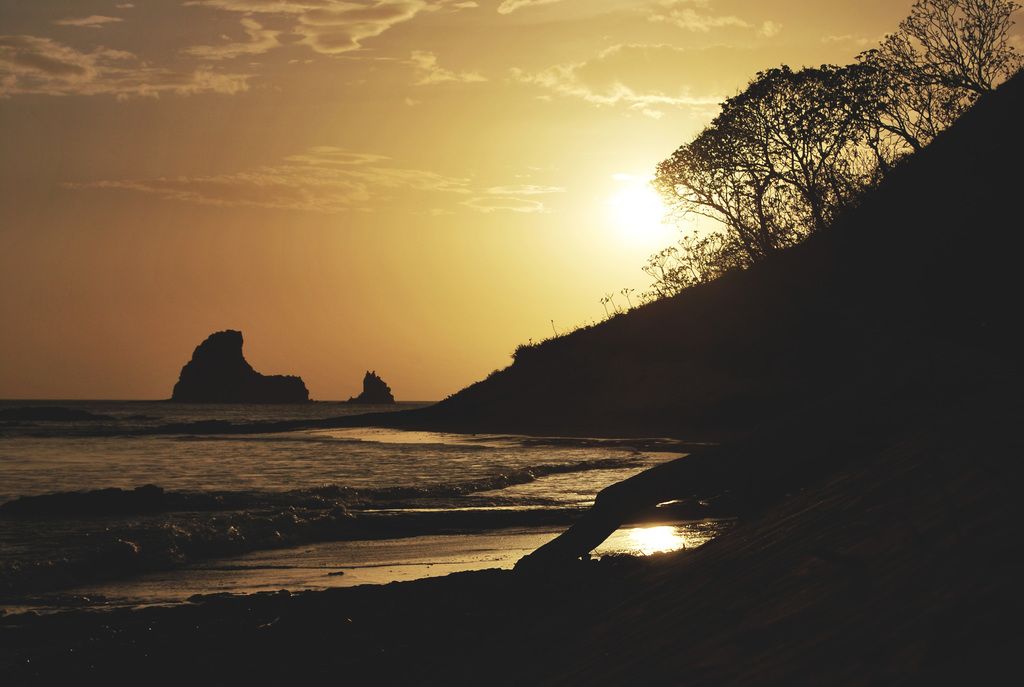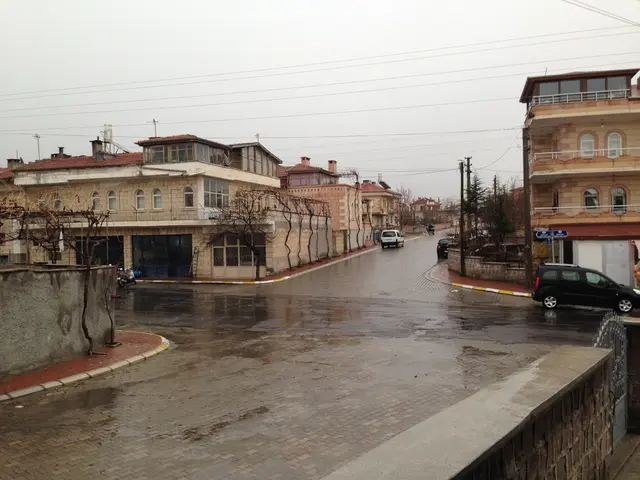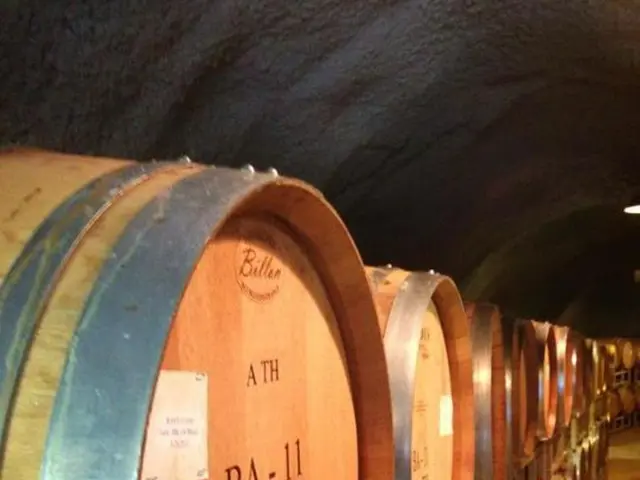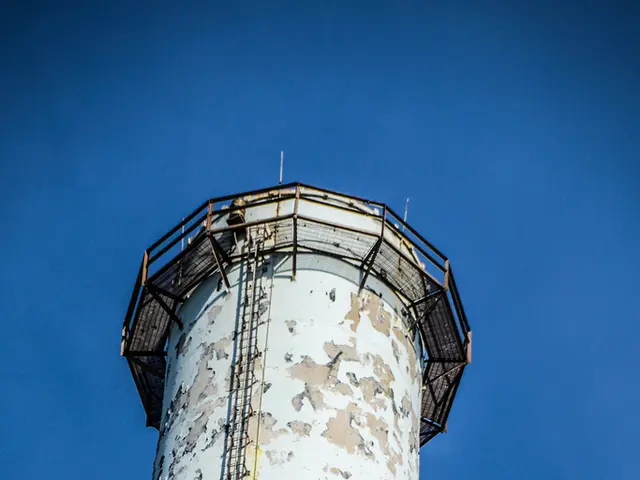Wind Energy Durability: Truths and Statistics
By Ana Yong
Countries around the globe are increasingly embracing wind energy as a sustainable alternative to traditional fossil fuels, with an estimated worth of $62.1 billion in 2019 and predicted to reach a mind-blowing $127.2 billion by 2027. But before you rush to build your own wind farm, let's break down what wind energy is, its drawbacks, and the top countries dominating the sector.
Wind Energy, Dismantled
At its core, wind energy is simply harnessing the energy from moving air with wind turbines, converting that kinetic energy into electricity. According to National Geographic's Encyclopedia, anything with kinetic energy is fair game for energy production.
How Wind Turbines Work
Wind turbines, similar to giant fans but more sophisticated, generate electricity when the wind turns their blades, connected to a rotor, which drives a generator. Most wind turbines can be found on land, although some even venture offshore.
The Lifespan of Wind Turbines
Wind turbines typically last for 20 years, depending on the quality of parts used. However, some sources claim they could be extended an additional 5 years with regular maintenance and favorable ecological conditions.
Different Types of Wind Turbines
There are two main types of wind turbines:
- Horizontal-Axis Turbines, with blades resembling airplane propellers, are the most popular due to their efficiency in creating electricity. These structures can tower as high as a twenty-story building with blades measuring over 100 feet long.
- Vertical-Axis Turbines, the lesser-known 'egg-beater'-style turbines, have blades connected to a vertical rotor. These turbines are less productive but can be more cost-effective in certain situations.
Cost of Wind Power
Wind power costs vary depending on whether it's for residential or industrial use. For home-scale wind turbines generating less than 100 kilowatts of power, you should expect to pay between $3,000 to $8,000 per kilowatt. A 10-kilowatt device, suitable for large homes, might set you back anywhere from $50,000 to $80,000, including installation costs, and tax subsidies.
Larger commercial wind turbines, typically producing between 2 to 3 megawatts, cost around $2.6 to $4 million. However, these numbers can fluctuate greatly depending on factors such as the quantity of turbines required, financing rates, construction costs, location, and maintenance expenses.
The Top Wind Power Nations
- China, currently the world leader, added 52 gigawatts of new wind power capacity in 2020, surpassing all other countries with a staggering 288.32 gigawatts of installed capacity. This achievement is largely due to extensive investments in onshore wind power and rapid growth in offshore wind energy, accounting for 63% of the world's 11.8 gigawatts offshore wind energy capacity increase in 2021.
- The United States, largely made up of inland wind turbines, saw an 85% increase in wind power capacity in 2020, boasting a total of 122.32 gigawatts. Texas leads the nation in wind power production, while states like Wyoming, Oklahoma, Iowa, and Missouri are not far behind.
- Germany, with 62.85 gigawatts of installed capacity, has set a goal to produce 65% of the country's power from renewable sources by 2030. With 55 gigawatts onshore and 7.7 gigawatts offshore, wind energy contributed to 27% of Germany's energy needs in 2020.
- India, despite facing challenges due to a lack of infrastructure and the Covid-19 pandemic, aims to install 30 gigawatts of offshore wind power by 2030. The country currently stands at 38.63 gigawatts, with all wind farms located inland.
- Spain, relying heavily on onshore wind farms, is the main source of renewable energy in the country. Key regions like Castilla y León, Castilla La Mancha, Galicia, Andalusia, and Aragon contribute significantly to wind energy production.
The Flip Side of the Turbine
While wind energy has undeniable benefits, it is not without its drawbacks:
- Unpredictable Wind Patterns: Wind can be fickle, changing speed and direction at a moment's notice. Some areas may even experience decreased wind velocity during certain seasons.
- Wildlife Threats: Wind turbines pose risks to birds and bats, with fatalities occurring regularly, especially during migrations. Strategies to mitigate these impacts include acoustic deterrents, modified turbine operations, careful site selection, and turbine design improvements.
- High Maintenance Costs: Offshore wind turbines require significant maintenance efforts and can be costly, as crews often need to travel by boat to reach these structures. Maintenance schedules may also be impacted by poor weather conditions.
- Waste Production: Wind farms generate copious amounts of waste, including but not limited to turbines themselves, which have limited lifespans and recyclability. However, reusing or recycling these materials can help offset emissions produced during their lifecycle.
In conclusion, while wind energy is a vital component in the transition to renewable energy sources, it does pose environmental concerns. With thoughtful planning and the implementation of mitigation strategies, these challenges can be minimized. Keep the wind in your sails as we forge ahead towards a sustainable future!
- The finance sector plays a significant role in the renewable-energy industry, with the wind power industry alone estimated to reach a value of $127.2 billion by 2027.
- The lifespan of wind turbines is an essential factor in the economics of the renewable-energy industry, as these structures typically last for 20 years, with potential extensions to 25 years under favorable conditions.








